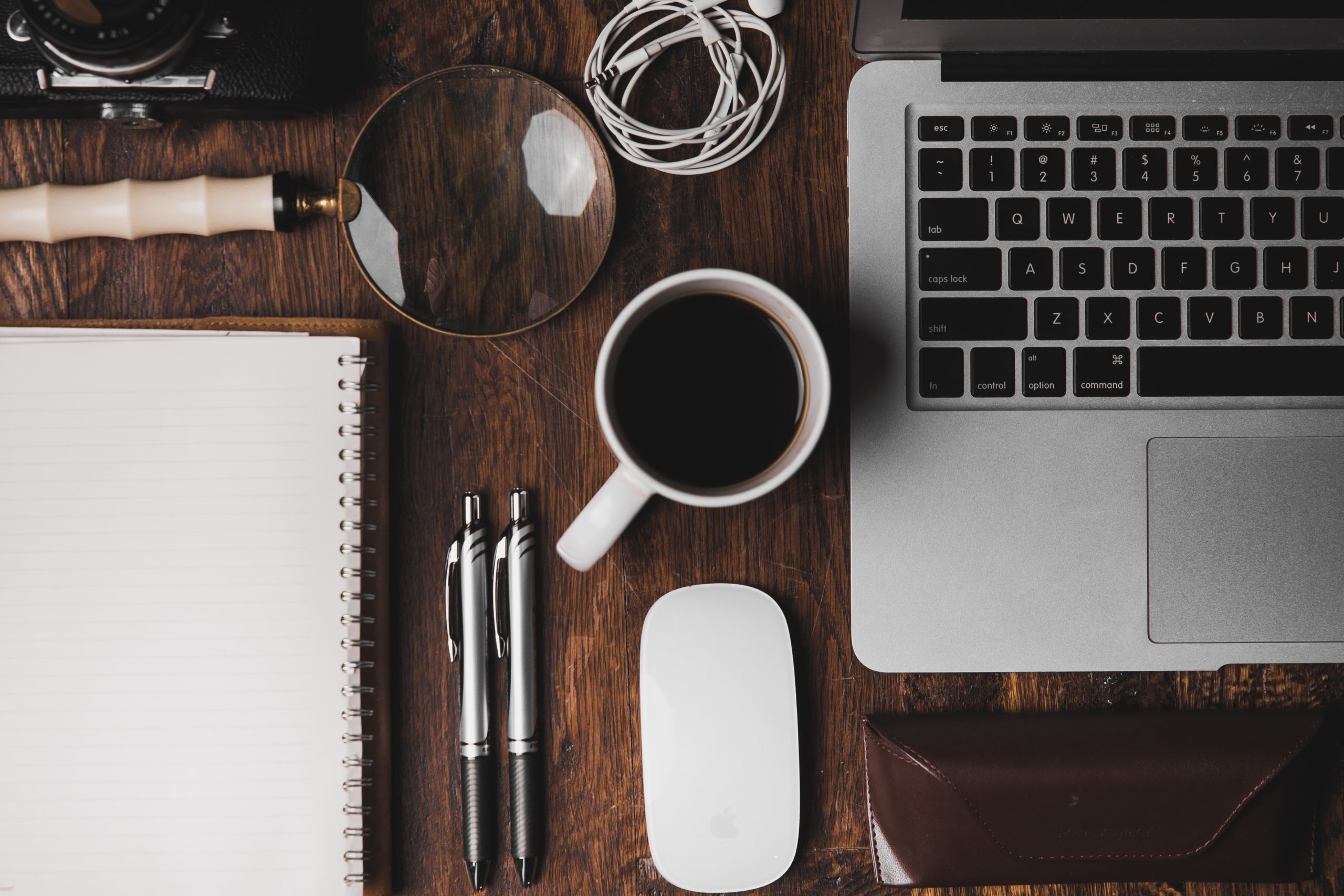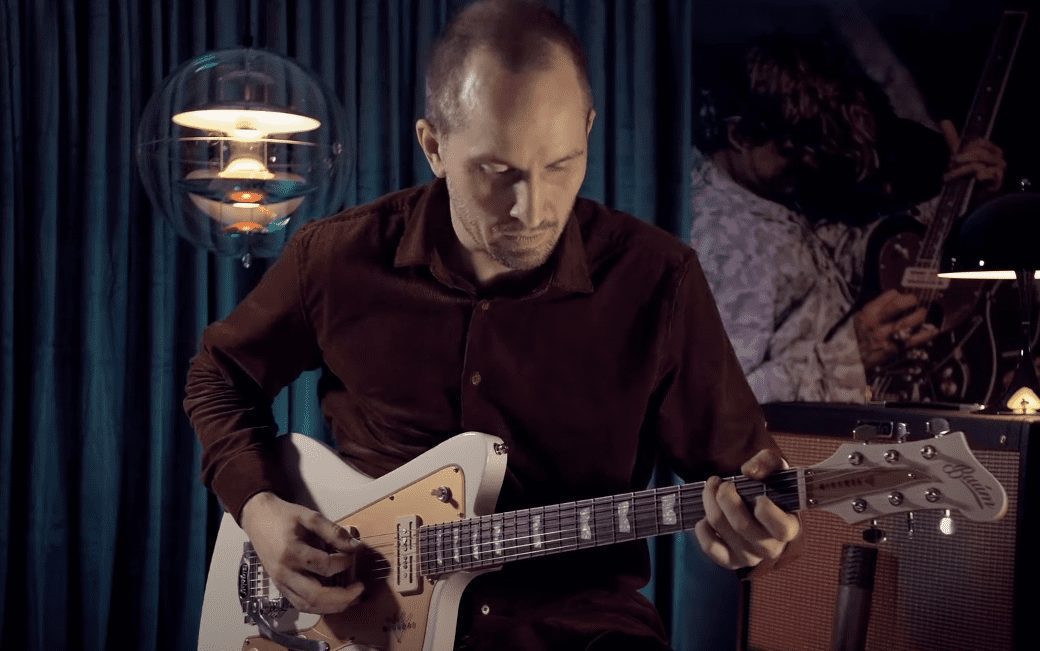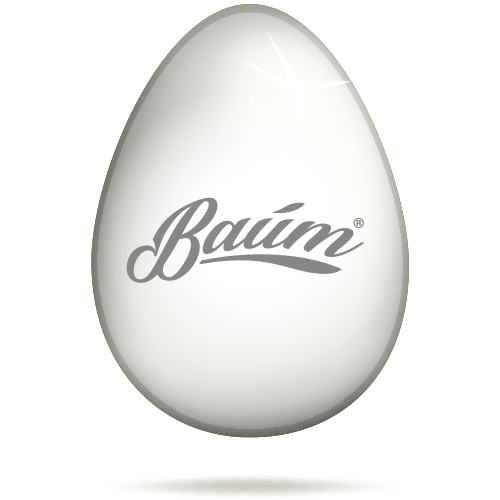5 Tips to get better at guitar. Without your guitar.
We all want to get better on the guitar, right? And we all want to optimize our practice time.
Always on the search for ways to squeeze in a little extra time to practice here and there, right?
But, sometimes you will find yourselves without your instruments (and yes, this works for all instruments. Not just guitar) – and at these times you can actually do a lot to get better without being in the practice room.
Let’s dive into our 5 Tips to get better at guitar without a guitar!
In short, the 5 tips we’re covering today are:
-
Active Listening
-
Visual help
-
Sing it!
-
Exercising
-
Researching
The more you involve yourself: your ears and your mind in music, the faster you’ll grow and develop the essential connections in your head to be able to play by memory and improvise freely.
What do you do if you want to quickly learn a new language? You place yourself around people speaking that language. This is the same for if you want to be a better musician. Surround yourself with music. Listen to recordings, go to shows, play with more advanced musicians and learn their tricks.
Here are our 5 tips to practice your instrument without your instrument.
1) Active Listening
Active listening is different from just casually listening to music.
Listening to music is great, but we often listen to it with other things going on around us. Other people, social media, worrying about stuff next week, traffic, work or even having your instrument in your hands takes away focus on the music. Distractions, you know. So when we listen actively to music, we do it without these distractions.
Allowing your brain to fully focus on the music you’re working on allows your brain to find new details and unique connections that you might not discover otherwise when you’re also focusing on remembering your parts and the physical aspect of playing your instrument.
In short, active listening let’s you hear how your instrument fits into a greater whole. How it interacts with the other instruments. When it plays a lead role and when it accompanies. How it echoes and answers the rest of the band.
Active listening is also a great way to explore and study different musical expressions and interpretations, such as a player’s phrasing, choice and articulation of notes etc.
How do you get started with the active listening?
Active Listening – I
Start by finding your music repertoire. Then listen first to the music as a whole, then listen to it again on a granular level.
Listening to the music as a whole focuses on the overall tempo, mood, vibe, and any parts of the music that’s special, e.g. a special chord change, tempo change, pauses etc.
Then move on to the granular listening. And take notes!
Go through the song phrase by phrase. Listen to the different instruments or vocals. How do they interact. How do they support each other. Do they play together – or do they give space to each other? Figure out the phrasings. Do you play them the same way? Differently?
Gaining this insight into the music you’re working on right now will give you a much deeper understanding of the song the next time you try to play it. Even better, you will also understand the rest of the band’s parts better.
Active Listening – II
You can study yourself with active listening too.
It’s often recommended to record yourself during practice, so you can study your technique, timing etc. But let’s be honest. Who has the time for looking at old videoes of yourself? Well now you do!
Start by making sure that you record yourself playing to begin with. A phone recording is perfectly fine. No special gear is required here.
And now you apply the active listening techniques to your own video. It can be a little awkward and uncomfortable to listen intensively to your own playing, but it is worth it.
Now pretend that you’re a music teacher teaching yourself. What would you recommend you to do? How is your phrasing? Timing?

2) Visual aids – See it. Remember it.
Visual learning is a great way to practice while being away from your instrument. Bonus, it sticks in the long-term memory. In fact, it can improve your learning by up to 400 percent!
Bring a copy of your music for some note-taking.
Let’s start by writing out the chord structure of the song. Are you aware of all the changes? Are some of the chords repeated a lot, and can you change them up by doing inversions here and there?
Use this to get a visual road map of your song. You can even add colors to the parts you have already nailed, and where you need to put more focus the next time you sit down and practice with your guitar.
Visuals are processed 60,000X faster in the brain than text.
Now (let’s bring back the active listening!) write notes on your music on the copy.
Since you are aware of the overall road map, you can now add reminders about your playing: “play softer/more intense”, “add background vocals”, “improvise solo”, and “break” for example. Use this to get a good overview of the song structure
The outcome of using visualization is to supplement your normal way of learning songs. By working in these songs into your brain with new methods, chances are that your brain is able to remember and retain much more information.
All of this gives you more confidence when you play. And confidence means a better show by you for your audience. Win-win!
3) Sing it!
“If you can sing it, you can play it”. You may have heard this at some point… and it’s true!
If you find melodies, a tricky rhythm, intervals, a musical idea, or how your instrument interacts with another instrument etc., singing (or clapping) through your music is a great way to give your brain a new way to comprehend a tricky passage. Work it into your brain, before you try it out on the instrument itself.
And don’t worry, you don’t have to know how to sing well (although you may get more gigs this way).
This tip ties in with #1 – Active listening. The more melodies you can sing from memory, the faster you will develop your improvisations skills.
Again.
The more melodies you can sing from memory, the faster you will develop your improvisations skills.
Why?
Because you rely on so much more than just the muscle memory in your fingers. You activate your ears (something you often neglect by learning with tabs only by the way).
If you can sing your song from memory and in tempo, you’ll be able to play it much better on your guitar the next time you play with your instrument. Because you don’t rely solely on muscle memory, but instead involve your ears, you will also lay the foundation for better improvisation. Memorizing the music this way, you will put the phrases and notes into your long-term memory – ready to be used and supplemented with other licks later on.
It increases your musical vocabulary. Your musical intuition is related to improvisation. Here you don’t have time to think, so your music needs to be there, ready to come out through your fingers.

4) Excercise
Do you notice when you pick up your instrument first, your finger and arm muscles tend to be stiff and slow? And after warming up, everything feels freer?
I cannot promise that you will play like Yngwie or Petrucci by exercising more, but I can promise that you will be able to practice for longer periods, increase your focus – and overall be a happier musician and human.
But the last thing you want during a performance is to run out of breath, or your mind clusters because your physical and mindful capabilities are emptied. Getting control over your heart rate and how your body and mind react under pressure under calm conditions can be really helpful when your heart rate raises and your mind onstage during stressful performances.
You can improve your playing, posture, and even your performance by exercising your body. And mind.
Okay, stay and listen. You don’t need to join Tour de France or run a half-marathon here. 30 minutes a day is much better than nothing.
And it’s important to say that you can’t have a well-conditioned mind without a well-conditioned body. Or vice versa.
Here are a few suggestions that can be done almost anywhere and do not require much gear.
- Walking
- High-intensity interval training (HIIT)
- Jogging
- Cycling
- Hiking
- Push-ups
So, why?
Being a musician can be stressful at times. And trust me when I say, that stress is not enhancing your creativity or making you better at your instrument. The good thing is that your body has its own prescription against stress: Endorphine, and its own reward system: Dopamine. Both are released in your brain via exercise.
Have you ever experienced that you cannot access all the musical information stored in your head at the right time during the gig? This is properly due to your mind being clouded or stressed out in the situation. Likewise, you’re rushing or dragging in tempo due to your body being full of adrenaline that you just can’t lock to the drummer?
Your mind and body are closely intertwined.
So to be able to focus either during practice, rehearsal, or on stage for longer periods, you need to move your body and exercise. A bonus from the exercise is the endorphin release in your brain which causes you to become happier overall.
5) Research
Don’t have your instrument with you? Dig into your repertoire in other ways! Dig deeper into the composer’s life, the musical influences, learn the history and development of your instrument, etc. Learning more about why and how the music was written will give you a much better understanding of which feelings a song needs. Or maybe you will learn stories about creative ways your instrument has been used by other musicians. Learning is always fun and it will give you a well-rounded understanding.
We all love to optimize our practice time.
We’re always on the search for ways to squeeze in a little more practice here and there; to consolidate what time we already have to make it as productive as possible
Okay, the heading says guitars, because to be honest, most of you reading this will probably play the guitar. But all of these tips can be applied to any instrument that you want to improve on!
But, inevitably, there come times when we find ourselves without our instruments, in often inconsequential scenarios that just make us wish we were back in the practice room.




